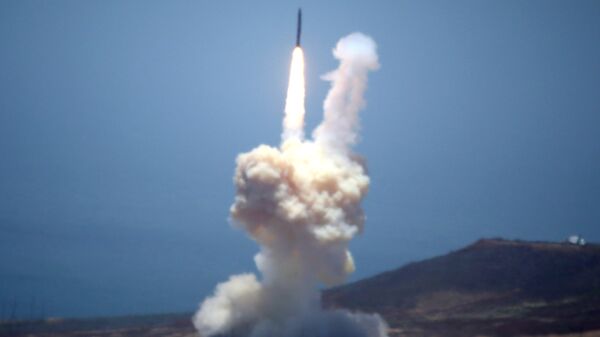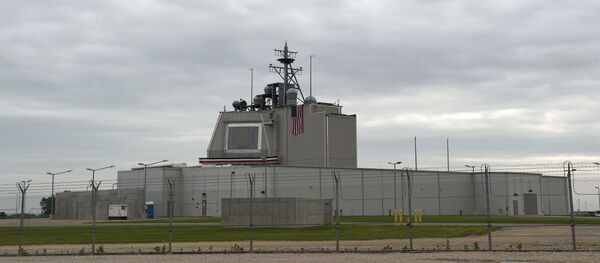That sounds familiar.
US Pacific Command commander Adm. Harry Harris said last fall at a panel at the Association of the US Army's annual meeting and exposition that there has to be a degree of jointness "in which no one military service dominates and no domain has a fixed boundary."
"I'd like to see the Army's land forces sink a ship, shoot down a missile, and shoot down the aircraft that fired that missile — near simultaneously — in a complex environment where our joint and combined forces are operating in each other's domains," he said.
Former PACOM Deputy Commander Lt. Gen. Dan Leaf wrote in an article for Defense One that if a war breaks out on the Korean Peninsula, North Korea's "5,000-plus surface-to-air missiles, 600-plus combat aircraft, surface-to-surface rockets and missiles, and conventional artillery" would almost certainly be employed.
In that case, it would be essential that US command-and-control systems allow coalition commanders to differentiate between friendly and enemy aircraft and weapons, and rapidly use any sensor to counter a threat in such a "compressed and complicated" battlespace.
However, the US Army's most promising Integrated Air and Missile Defense (IBCS) initiative, meant to integrate the communications between weapon launchers, radars and their operators, and provide warfighters a unified and clear view of the battle, is currently out of reach.
Moreover, the current budget requests the addition of more than $500 million for additional development, test and evaluation, meaning the system's total price will likely reach $7 billion dollars or even more.
That has lawmakers balking. Former congressman Henry Bonilla told The Hill there are many things that need to be considered before investing in IBCS, such as the system's vulnerability to cyber hackers.
"Additionally, the need for an effective anti-missile technology that works between all branches of the military is a growing concern," he wrote.
"The delays in the development of the missile system mean that we are not focused on improving existing technology that could offer better results than IBCS can today."
The expensive program could be jettisoned altogether, despite the US' vulnerabilities.
According to Bonilla, Congress should consider taking steps to promptly improve the US air and missile defense capabilities, which may require making some "tough decisions and changing course."




